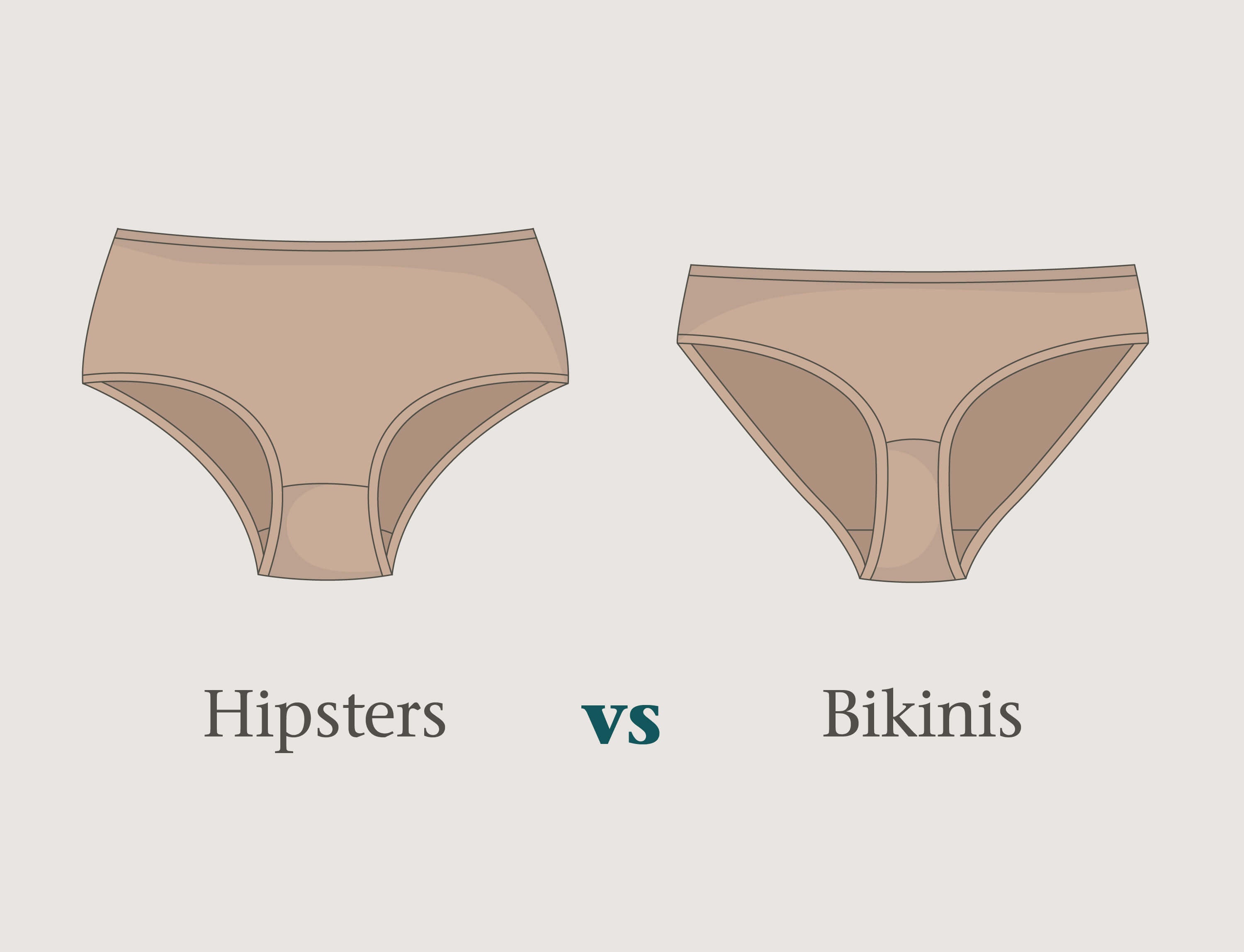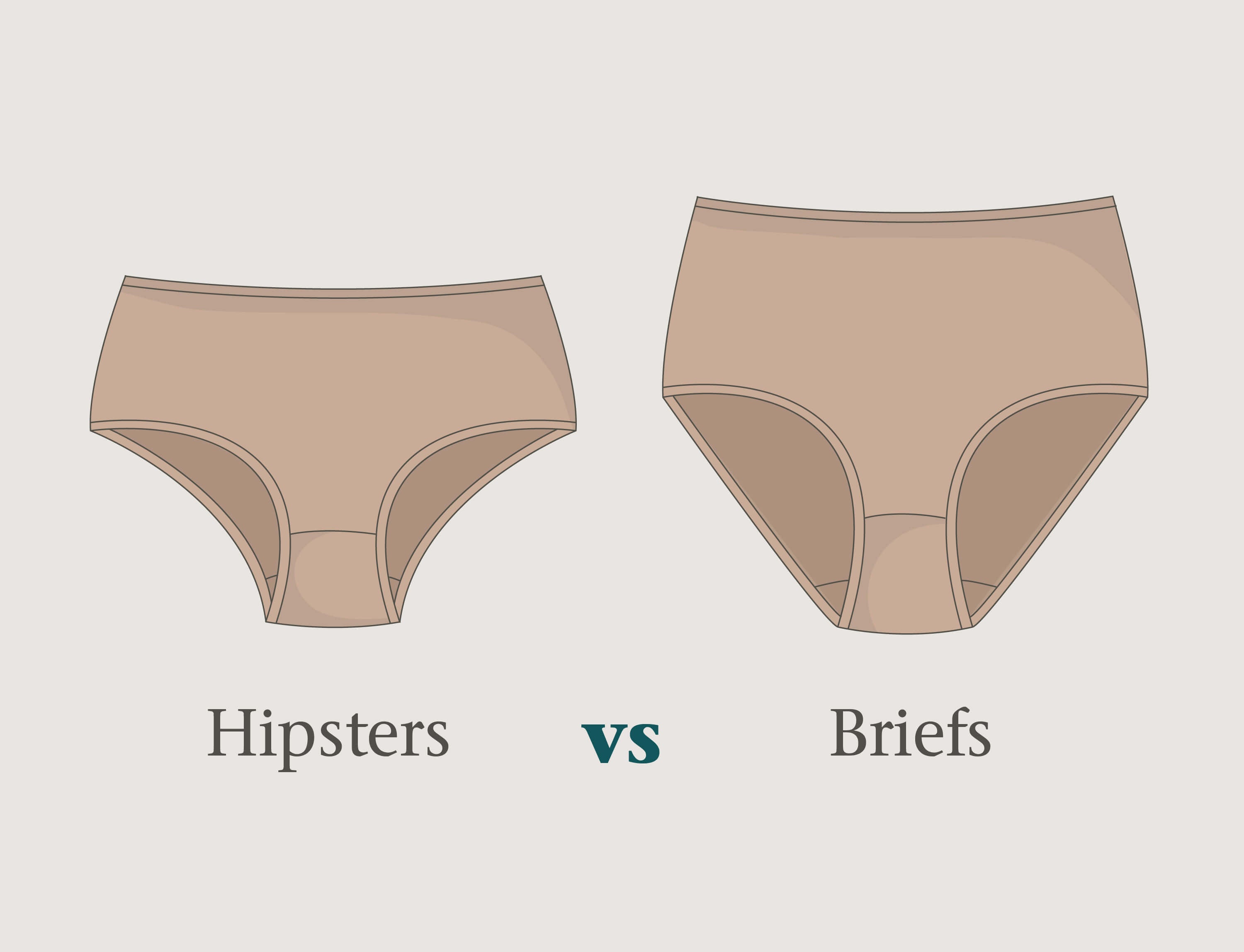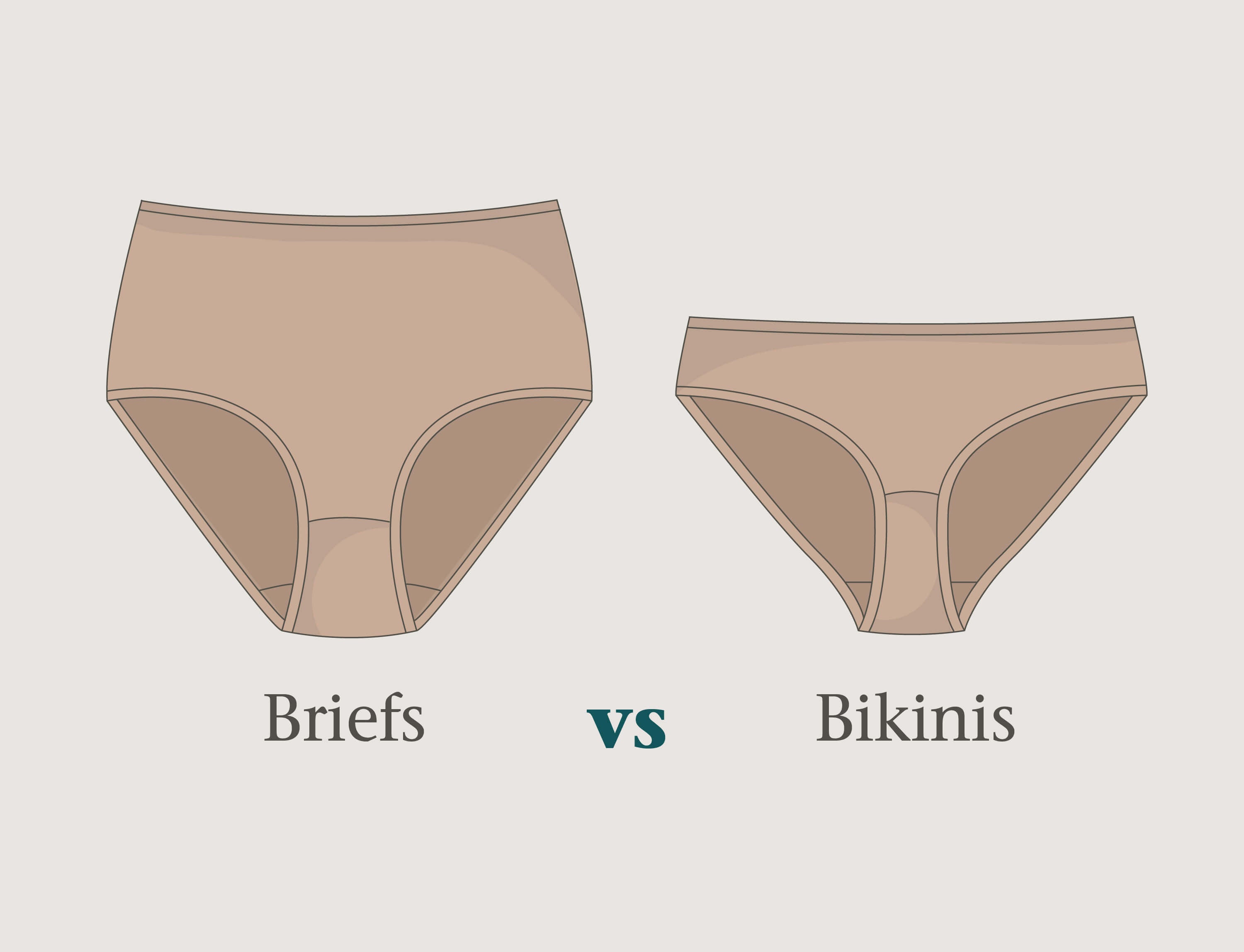
The Best Underwear for Yeast Infections: Expert Picks
Melita Cyril • • Medically Reviewed by Antonella Sturniolo
Yeast infections disrupt comfort and health, significantly impacting well-being. This guide focuses on the pivotal role underwear plays in preventing these infections, shedding light on the best underwear for yeast infections and offering medically-backed insights and practical advice.
Understanding Yeast Infections: Main Causes
Preventing yeast infections begins with understanding their causes:
- Moist Environments: Excess moisture fosters yeast growth, especially when trapped by non-breathable underwear.
- Hormonal Changes: Fluctuations during menstruation, pregnancy, or from contraceptive use can upset the vaginal flora balance and increase the likelihood of infections.
- High Blood Sugar Levels: This condition can heighten infection risks; managing it is crucial.
- Antibiotic Use: While antibiotics are crucial for fighting bacterial infections, they can also eliminate beneficial bacteria that protect you from yeast infections.
- Inappropriate Underwear: Materials that retain heat and moisture escalate infection risks.
Features of the Best Underwear for Yeast Infections
The ideal underwear combines breathability, moisture control, and antimicrobial features:
Breathability and Moisture Control
A key factor in preventing yeast infections is ensuring the genital area remains dry and well-ventilated. Choosing breathable underwear made of natural fabrics helps promote air circulation and reduce moisture buildup, creating an environment less conducive to yeast infections.
While cotton is widely recognized as the best fabric for breathability and moisture control, not all cotton is the same. Organic cotton vs regular cotton – which one is better for your skin and health? Organic cotton is grown without harmful pesticides and processed using sustainable methods, making it a gentler and more eco-friendly choice for your underwear.
Antimicrobial Properties
The best fabric for underwear yeast infection should have antimicrobial properties that offer additional protection against yeast infections.
It's wise to pick underwear that's both protective and eco-friendly. This perspective inspires Q for Quinn to present natural, plant dyed underwear, that offers protection against bacteria. We focus on combining protection with eco-friendliness, so our products look after your well-being and take care of the planet.
Other options are silver and copper, which can prevent bacteria and help prevent yeast infections. However, these materials aren't natural or environmentally friendly.
- Silver-Infused Fabrics: Silver ions embedded in fabric have been shown to possess natural antimicrobial properties, helping to prevent bad bacteria.
- Copper-Embedded Textiles: Copper, like silver, has antimicrobial effects and can be woven into fabrics to reduce the risk of infection.
To explore the benefits of natural, plant-dyed fabrics and their antimicrobial properties, check out our blog page, Natural Dyes in Textiles. It’s a great way to learn how nature offers protection and sustainability.
Seamless Design for Comfort
Reducing irritation is crucial, as irritated skin can be more prone to yeast infections.
- Minimizing Irritation Points: Seamless underwear reduces the risk of chafing and irritation, protecting the skin's natural barriers.
- Choosing the Right Cut: Comfort is key; too-tight styles can restrict airflow and retain moisture, while the right cut offers comfort and breathability.
However, seamless designs, especially when it comes to using organic cotton, have limitations. To understand why 100% organic cotton can't be used in seamless designs, read our article 'Why 100% Seamless Organic Cotton Underwear Does Not Exist.
The Best Underwear to Prevent Yeast Infections
- Cotton: Its natural breathability and moisture absorption make it the first choice. Organic cotton underwear for women is gentle on the skin and offers excellent ventilation, reducing the risk of moisture buildup. The women's classic briefs are the most common type of cotton underwear, providing full coverage and support, and are also perfect for everyday wear.
- Bamboo: Bamboo fabric stands out for its softness, breathability, and natural antifungal properties. It's an eco-friendly choice that also provides excellent protection against yeast infections.
- Moisture-Wicking Options: Fabrics like Tencel/Lyocell are renowned for their moisture management capabilities, making them ideal for active individuals or those prone to sweating. Advanced nylon fabrics offer a balance of lightweight comfort and moisture-wicking, suitable for daily wear and exercise.
- Seamless Underwear for Comfort: Underwear without seams minimizes friction points, ensuring comfort throughout the day and reducing the risk of skin irritation that can lead to yeast infections.
It's important to mention that cotton is recognized as the best natural choice among all options. Bamboo starts as a natural material but is often turned into fabric through synthetic processes, placing it between natural and synthetic classifications. Other advanced options like Tencel/Lyocell and nylon are synthetic. While these synthetic materials can offer specific benefits, such as enhanced moisture management and reduced friction, cotton remains the preferred natural option for those prioritizing using natural fibers in their clothing.
5 Best Tips for Preventing Yeast Infections
Beyond selecting the right underwear, these tips can help reduce the risk of yeast infections:
- Avoid Synthetic Materials: Opt for natural fibers or advanced synthetics designed for moisture management. Underwear with heavy dyes, perfumes, or other chemicals can irritate the genital area and disrupt the natural balance, making you more susceptible to infections.
- Choose the Right Style and Size: Avoid overly tight underwear that can trap heat and moisture. A looser fit allows for better air circulation. Ensure a proper fit for optimal comfort and airflow.
- Change Regularly: This is especially important in hot weather or during physical activity. Avoid scented products and change out of wet clothes promptly.
- Proper Washing and Maintenance: Use gentle, fragrance-free detergent hypoallergenic soap and avoid fabric softeners that can irritate the genital area.
- Lifestyle Changes: Diet, hygiene, and sleep habits can all influence vaginal health. Consider dietary adjustments, maintain thorough hygiene practices, and allow for ventilation (e.g., sleeping without underwear) to support a balanced vaginal environment.
Choosing Q for Quinn for Yeast Infection Prevention
Q for Quinn offers a line of underwear designed with yeast infection prevention in mind. Our products highlight the importance of natural fabrics, seamless designs, and antimicrobial features, providing a great option for those seeking to minimize infection risks.
At Q for Quinn, we offer the best cotton underwear to prevent yeast infections. Our 100% organic cotton women’s underwear ensures safety and comfort.
Our products are also GOTS-certified, hypoallergenic, free from harmful chemicals, and meet ecological and labor standards in textile and clothes manufacturing. This certification makes them the best choice for women.
Final Thoughts
Selecting the best underwear for yeast infections is a simple yet effective prevention step. You can significantly reduce your discomfort and infection risk by prioritizing materials that offer breathability, moisture control, and antimicrobial properties and following key lifestyle and hygiene tips.
Remember, while the right underwear can make a difference, it's also essential to consider other aspects of your lifestyle, such as diet, sexual activity, and exercise, for comprehensive protection against yeast infections.












